Homelessness is an enduring crisis in New York City. Today, the number of homeless New Yorkers sleeping in shelters increased 40% compared to 10 years ago. This rise does not even account for the city’s vast population of unsheltered homeless people and citywide surveys often underestimate the number of New Yorkers sleeping on the streets. Officials must respond to this persistent issue. New York City mayoral candidates highlighted the urgent need for affordable housing, but diverged in terms of their solutions. While this is an important step towards progress, another more effective remedy should be at the forefront of debate: supportive housing.
As opposed to providing rent-controlled or subsidized housing, supportive housing offers both reduced rent and social services which create personalized support plans for each household. These services are geared toward helping former homeless individuals or those who are at risk of homelessness. The housing arrangements vary from shared apartments to single-occupancy rooms, but those who are in need can receive services for mental health, substance abuse or special needs.
Addressing the city’s homeless population is imperative, especially amid rising job insecurity as a result of the COVID-19 pandemic. Studies have indicated that two of the leading triggers of homelessness are difficulty maintaining employment and a lack of affordable housing. Despite efforts to curb increasing homelessness, Mayor de Blasio ultimately maintained the status quo. The administration’s housing plan lacked the key element of affordability and even favored for-profit developers. It is clear that future solutions must emphasize the needs of the city’s vulnerable populations, not corporate greed.
The concern of affordability is inextricably linked to social services. Supportive housing can bring a rehabilitative approach to affordable housing. For many individuals experiencing homelessness, these services are desperately needed. Roughly 20% of the homeless population in the United States suffer from severe mental illnesses, two of the most common being schizophrenia and bipolar disorder. Substance abuse also persists as both a cause and an effect of homelessness.
Drug-related overdose has been the leading cause of death among homeless men in New York City for the last several years. Making supportive housing a priority is a more permanent and sustainable solution, considering that untreated mental illness and drug abuse can lead individuals back into poverty. Furthermore, reductions in the use of homeless shelters, prisons and jails have been found to offset the additional cost of supportive housing. In New York, one study found that such reductions offset around 95% of the costs of supportive housing. Supportive housing would not only directly help high-needs individuals, but its potential cost savings make the plan affordable.
Proponents of affordable housing highlighted that the COVID-19 pandemic may present a unique opportunity to expand low-cost living options. A New York state bill, the Housing Our Neighbors with Dignity Act, proposes converting commercial property into affordable housing units. As of January, 200 of the city’s 700 hotels closed during the pandemic. This could be a chance to develop more supportive housing in the city, but this is contingent upon countering for-profit developers that might drive prices up.
New York City officials must place supportive housing at the top of their agenda. If renters return to the city as COVID-19 cases subsides, housing prices will likely rise again, pushing low-income and homeless New Yorkers out of the market. Developing supportive housing now is a well-rounded solution that can alleviate the causes and results of homelessness. The question is not whether action should be pursued, but when our city officials will enact this kind of real, lasting change.
Opinions expressed on the editorial pages are not necessarily those of WSN, and our publication of opinions is not an endorsement of them.
Email Lucy Yama at [email protected].

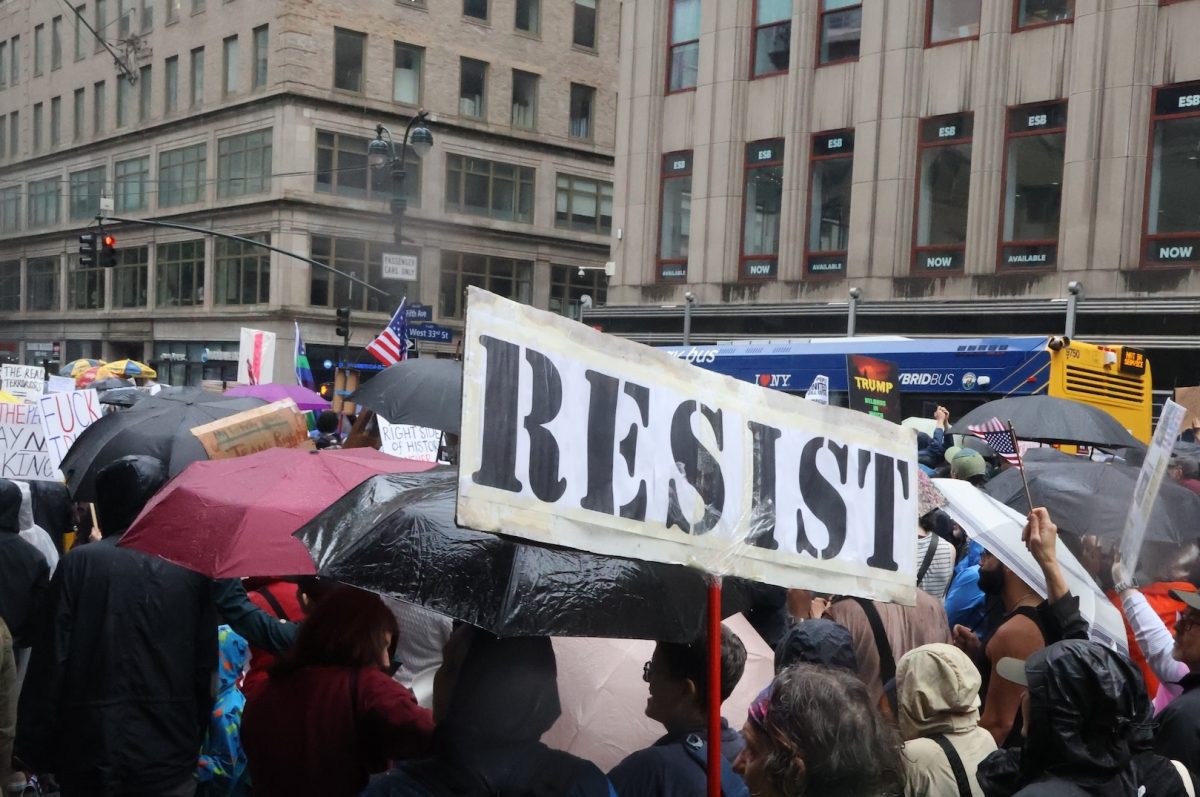




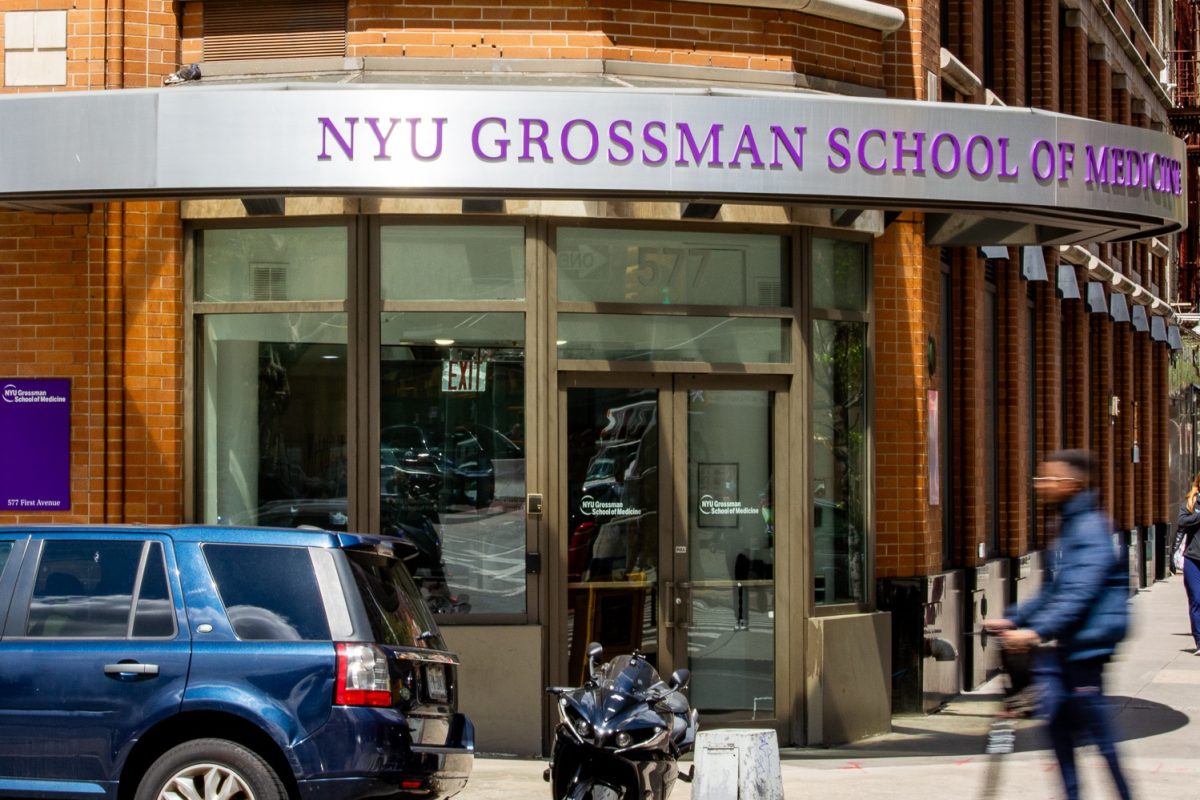
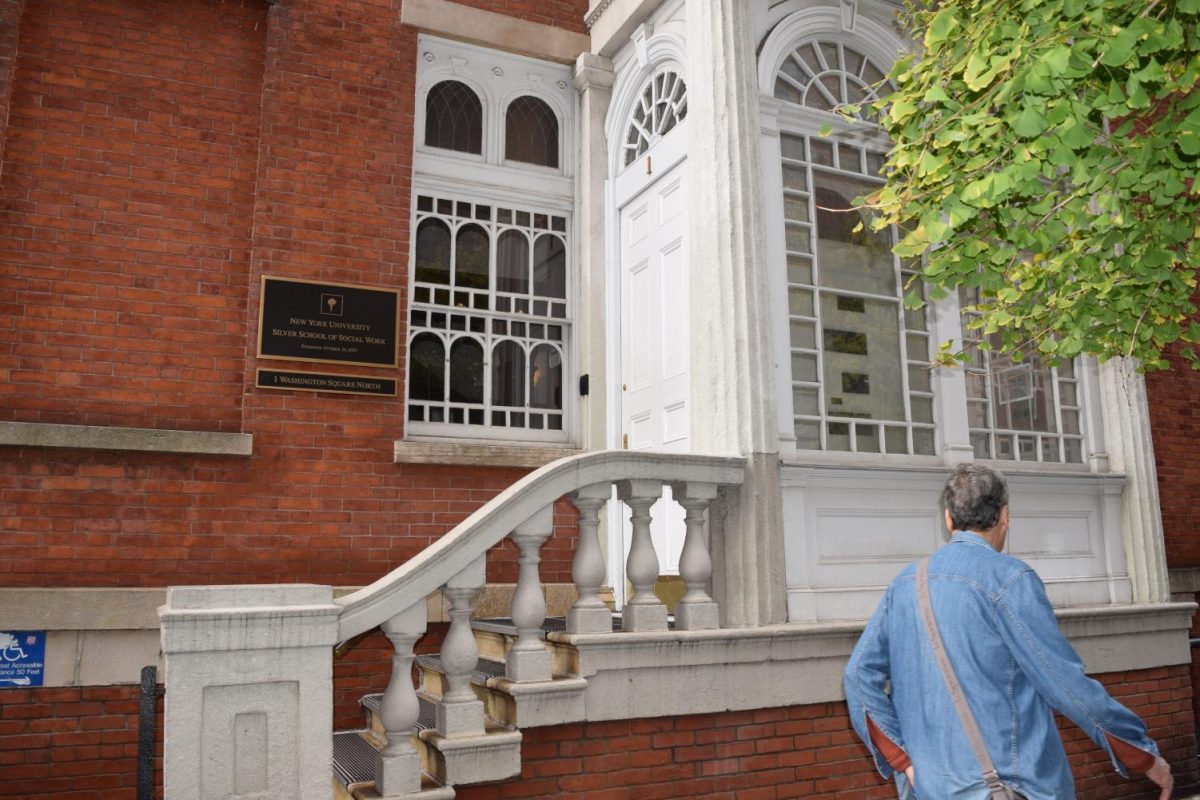
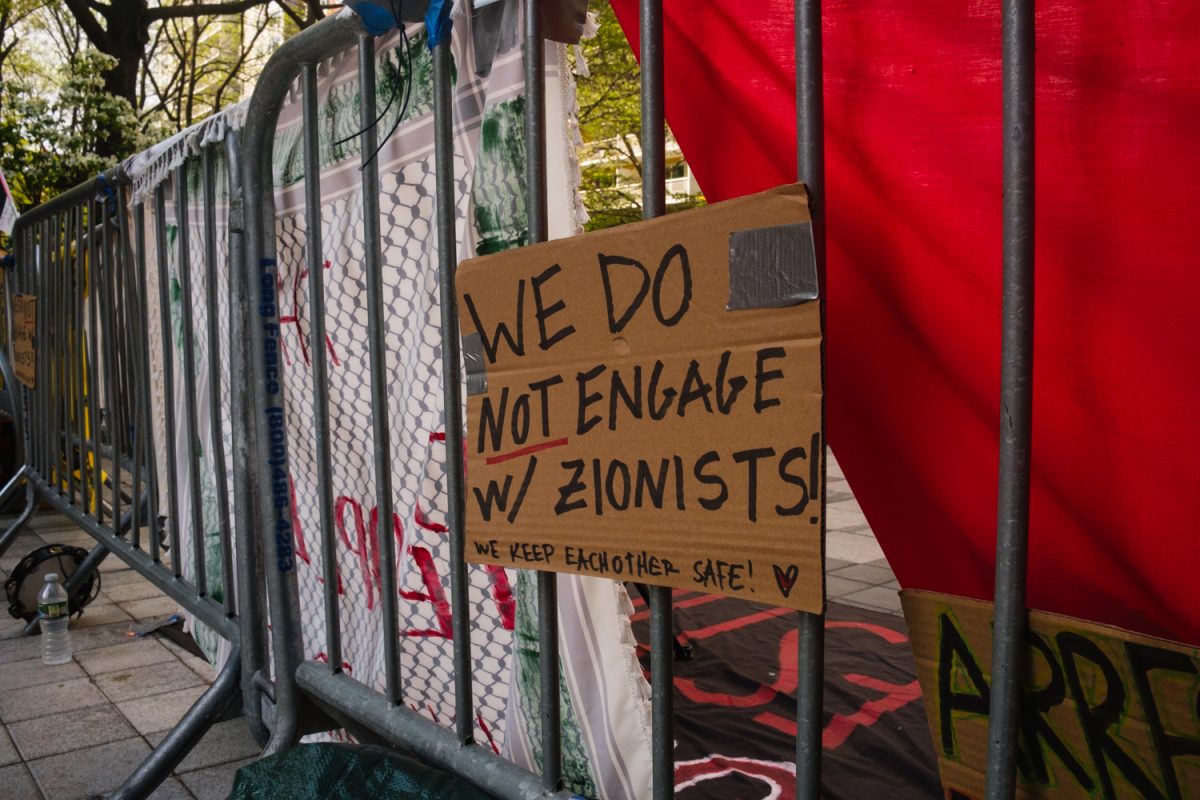

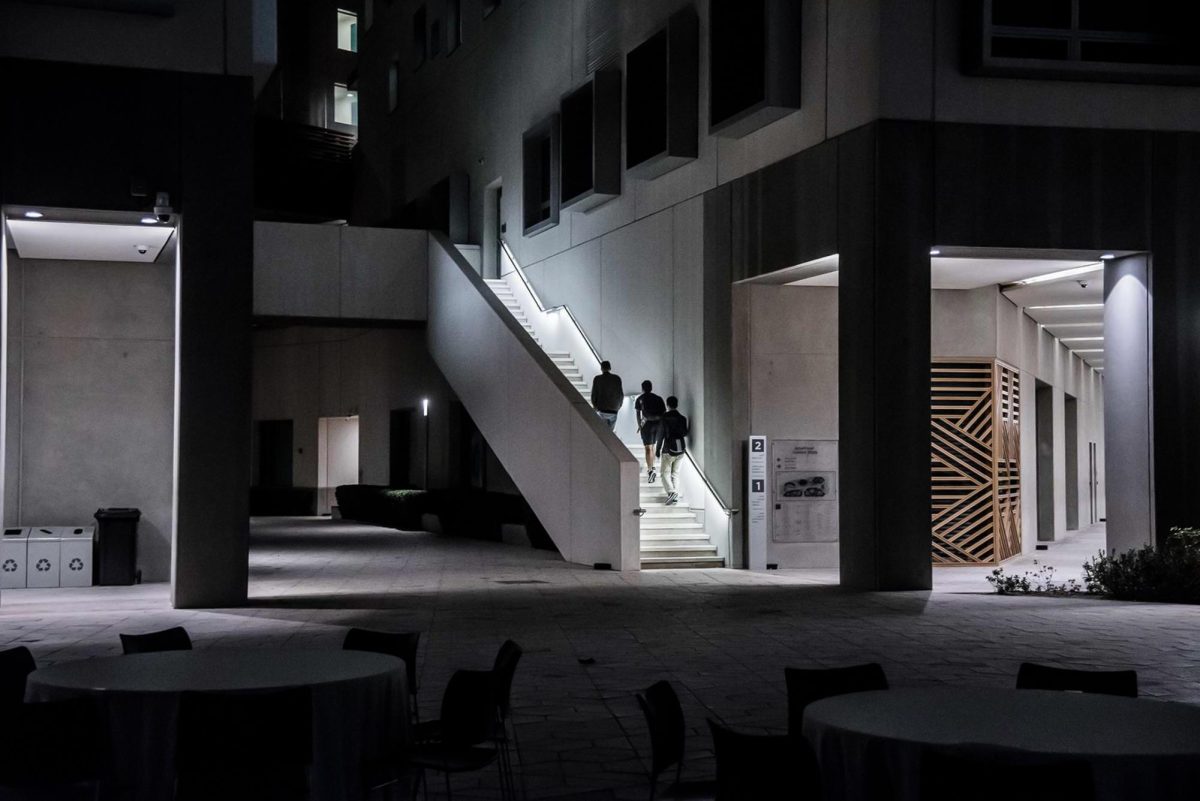
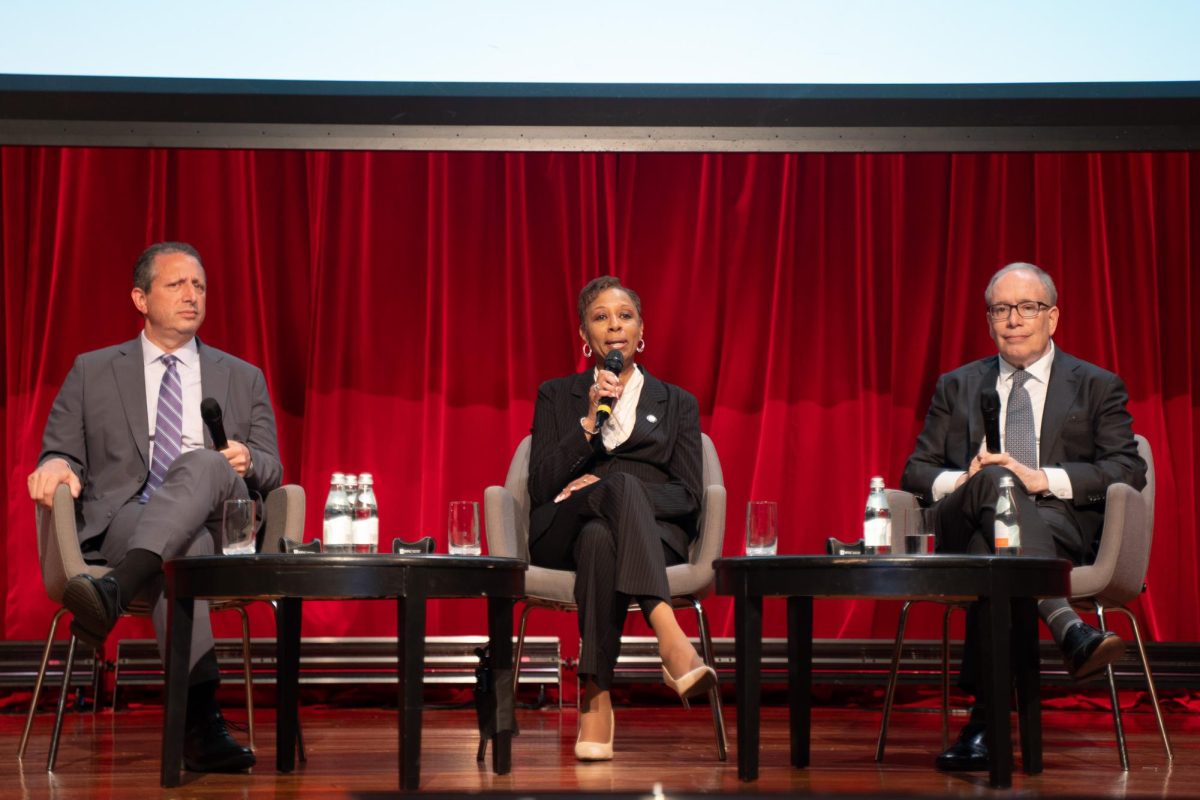

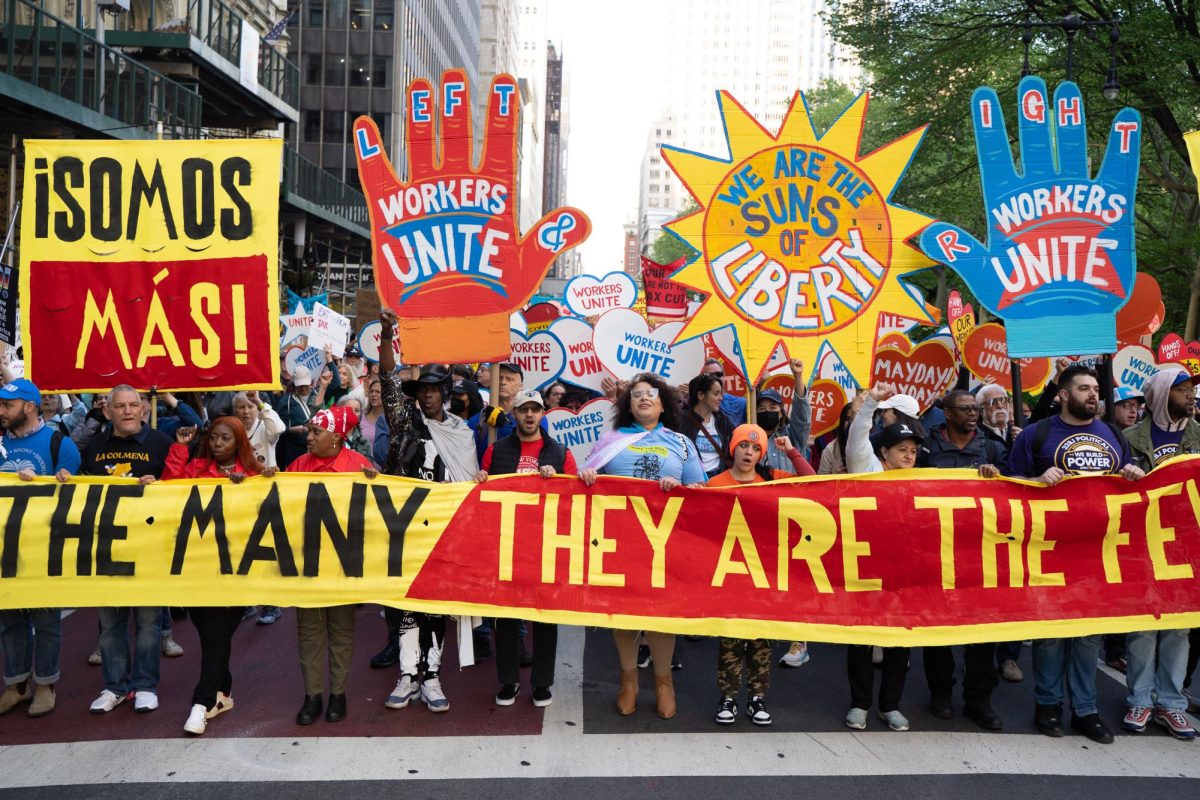



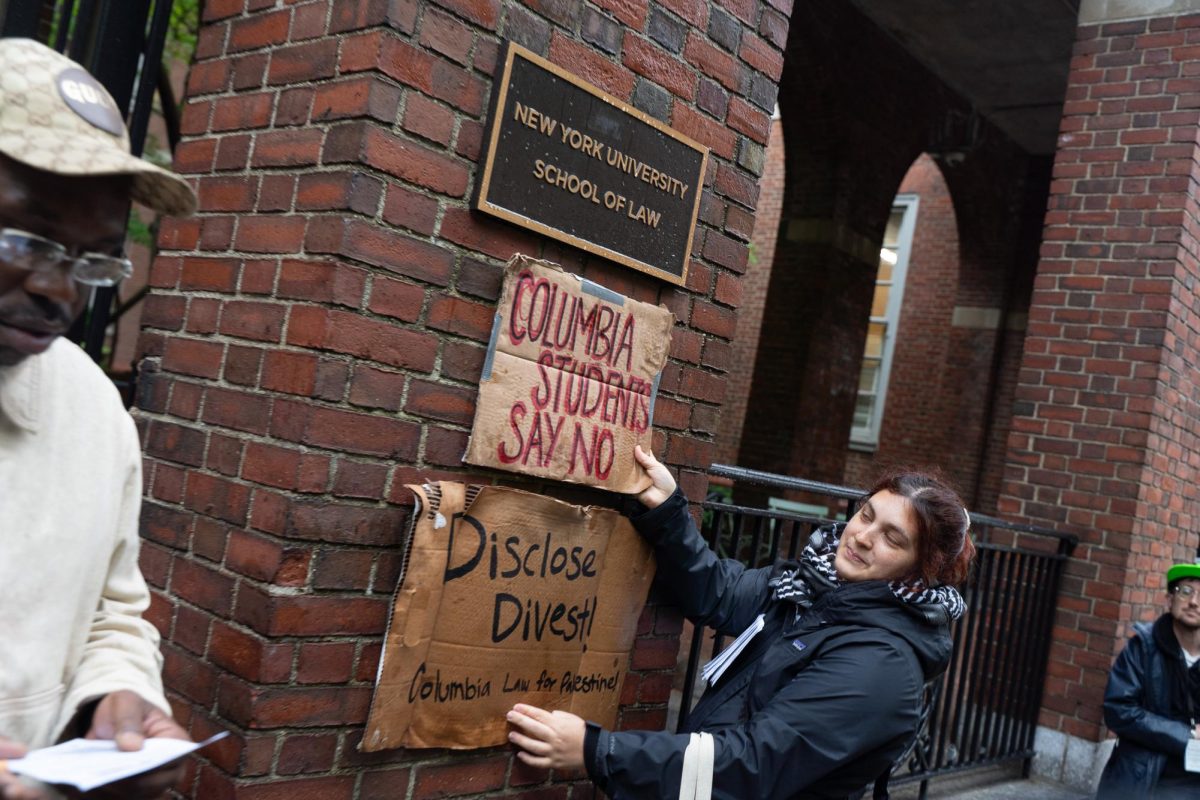
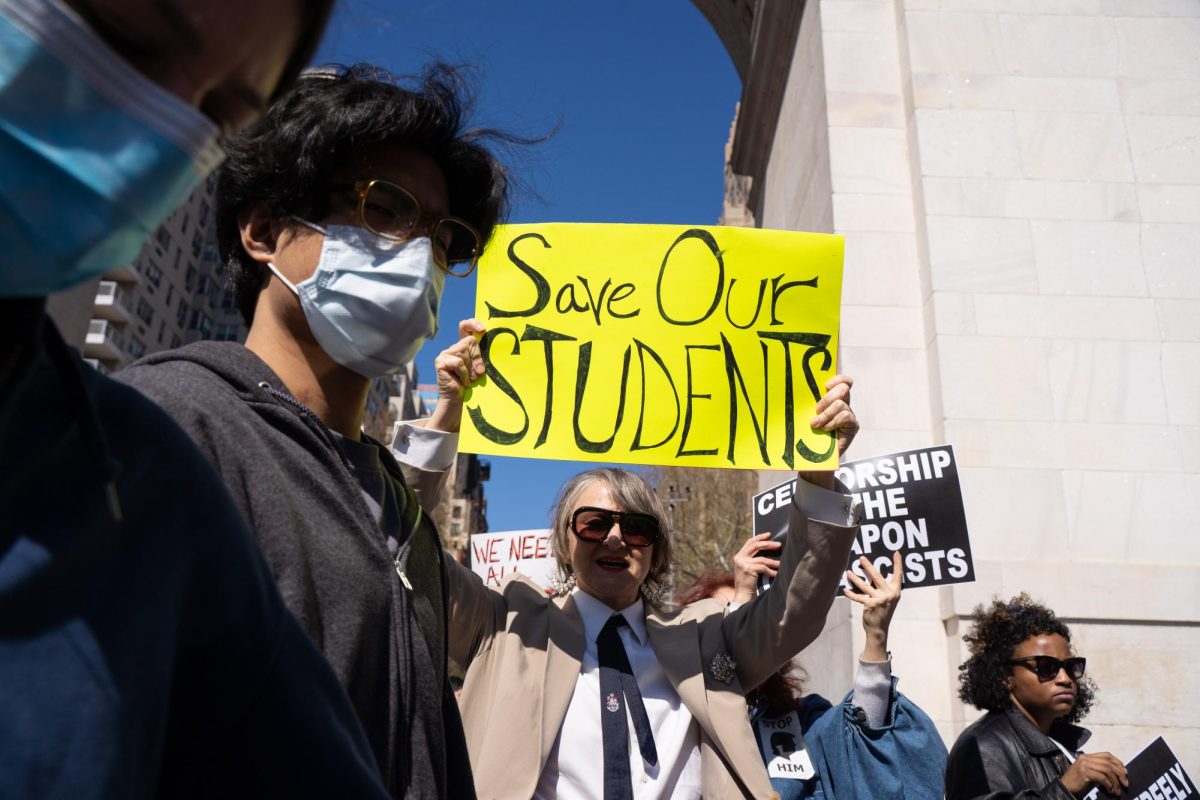

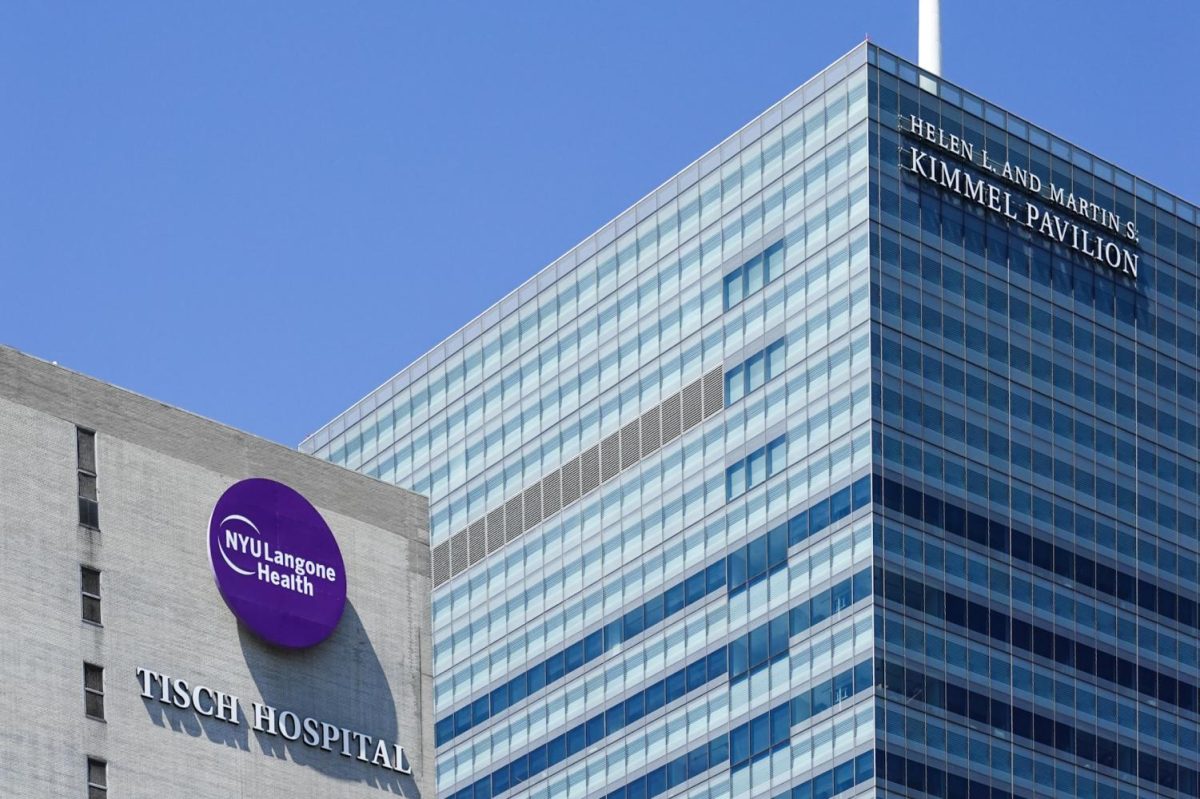
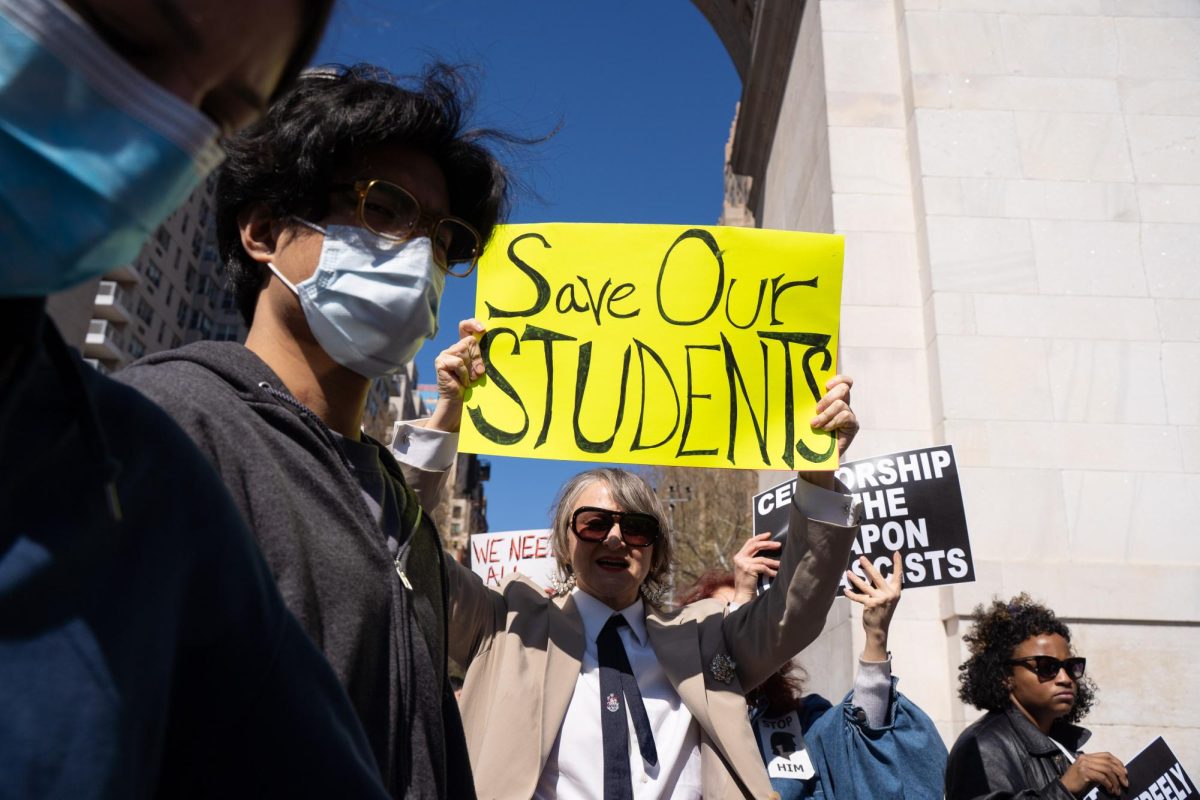
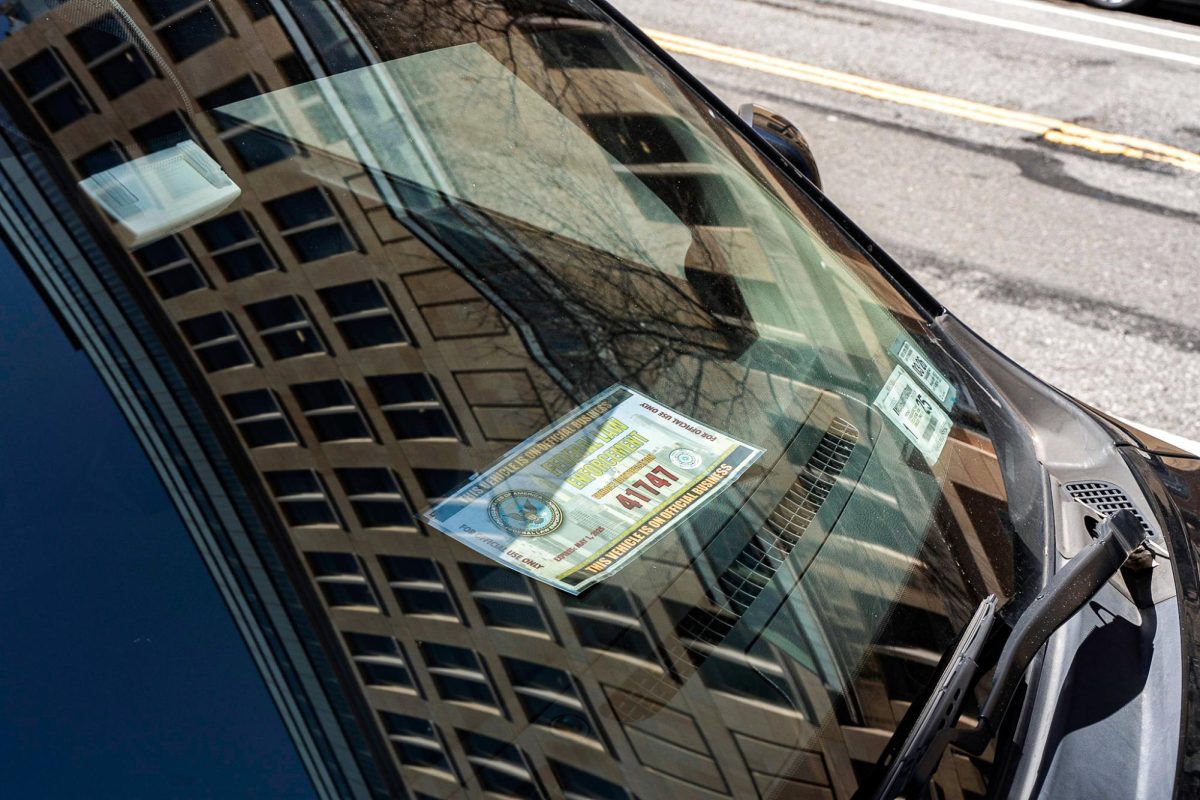
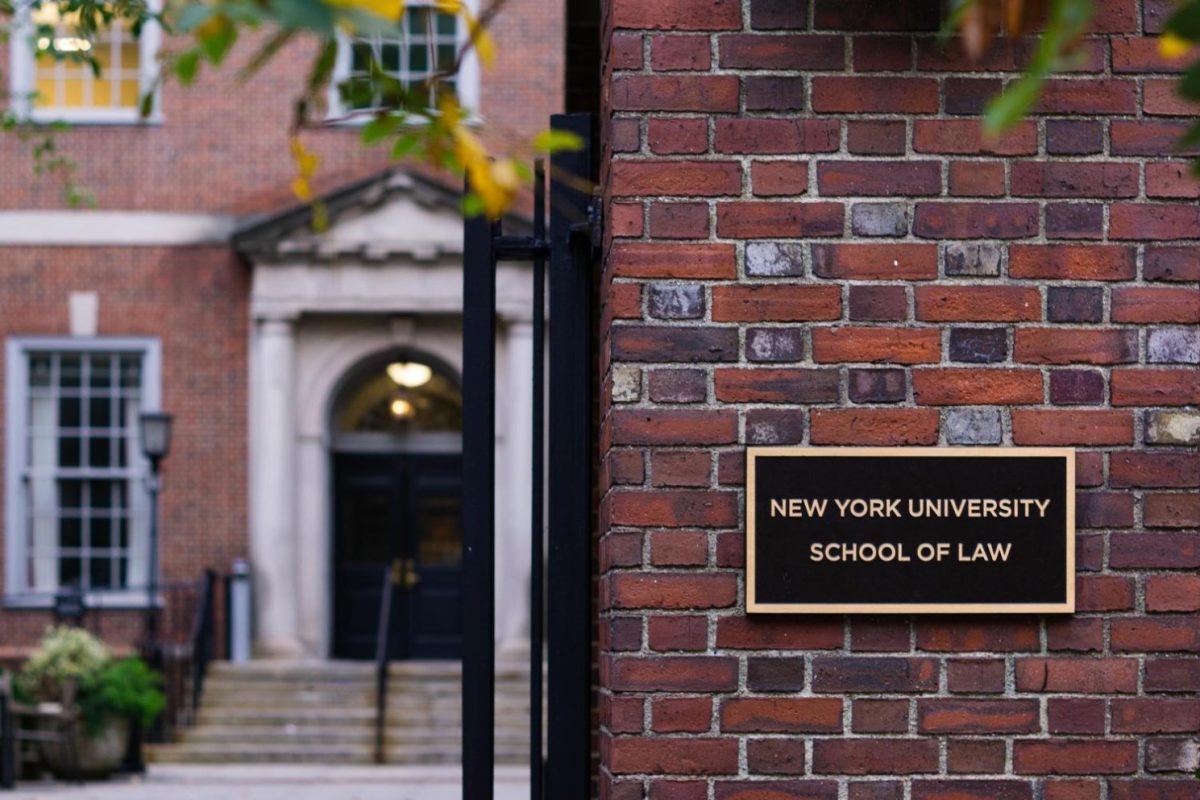





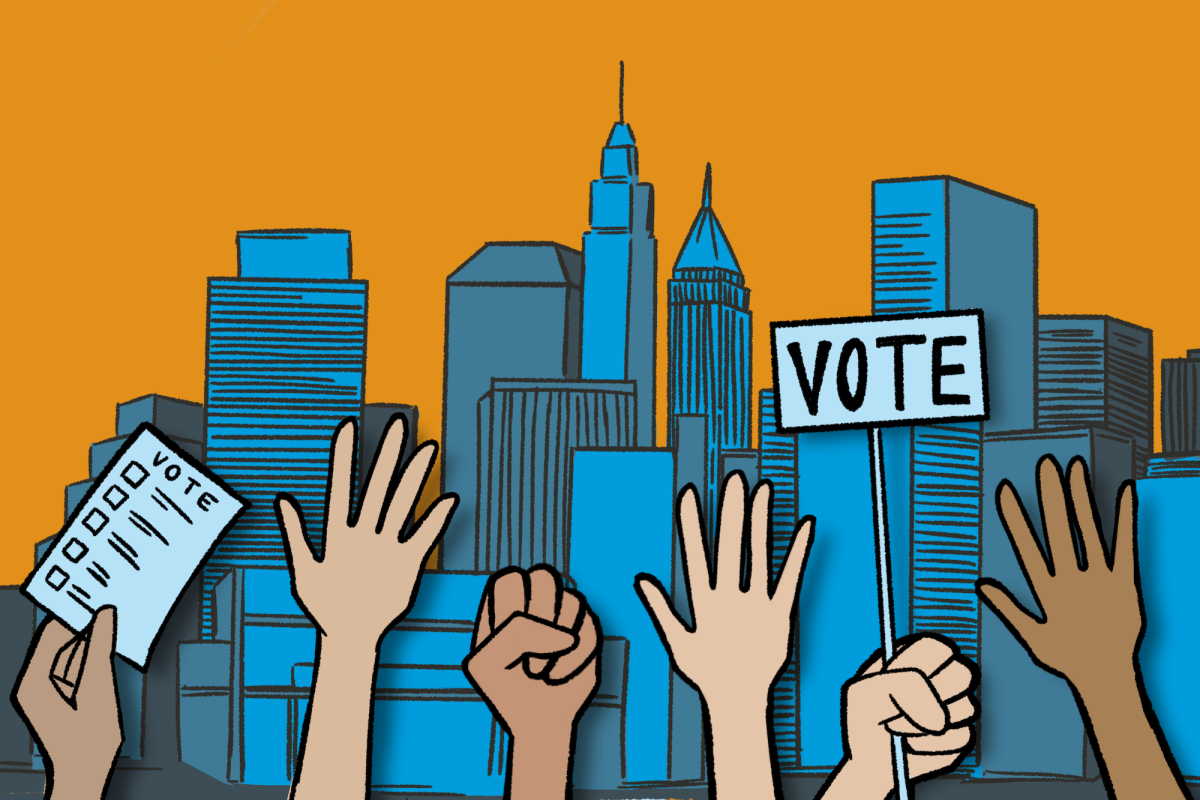





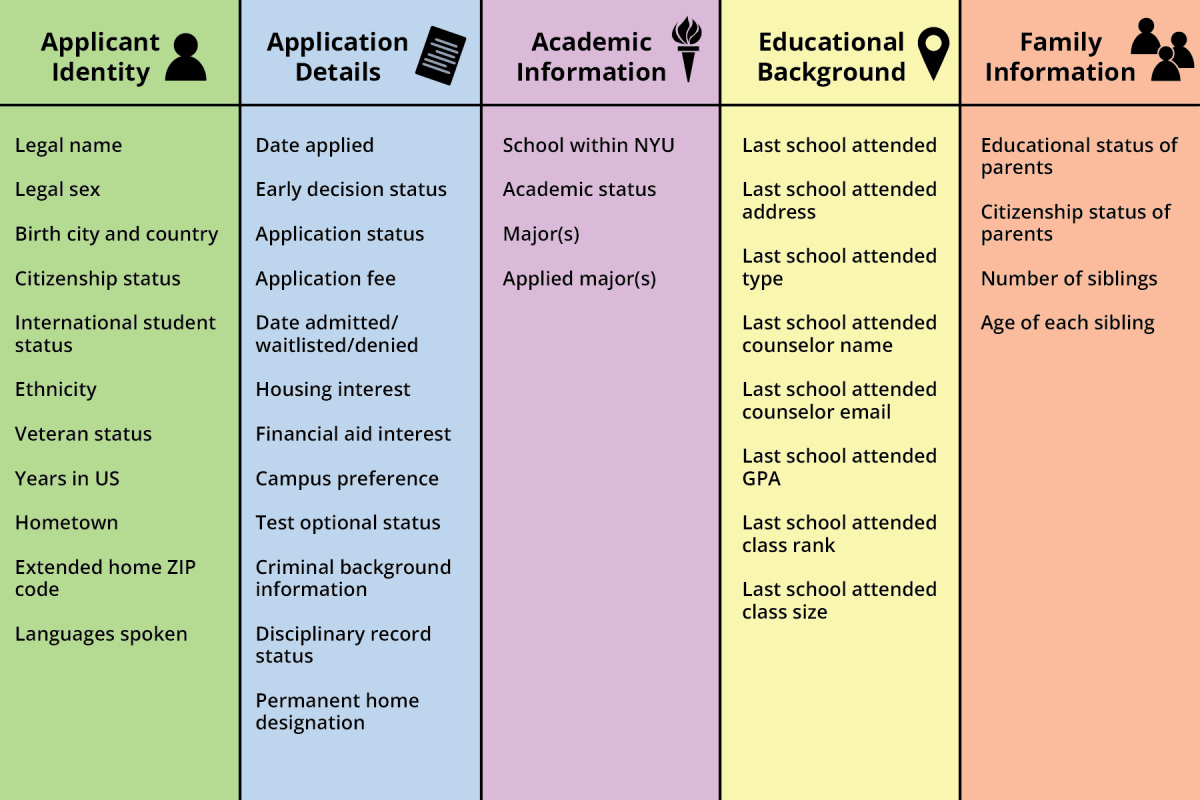
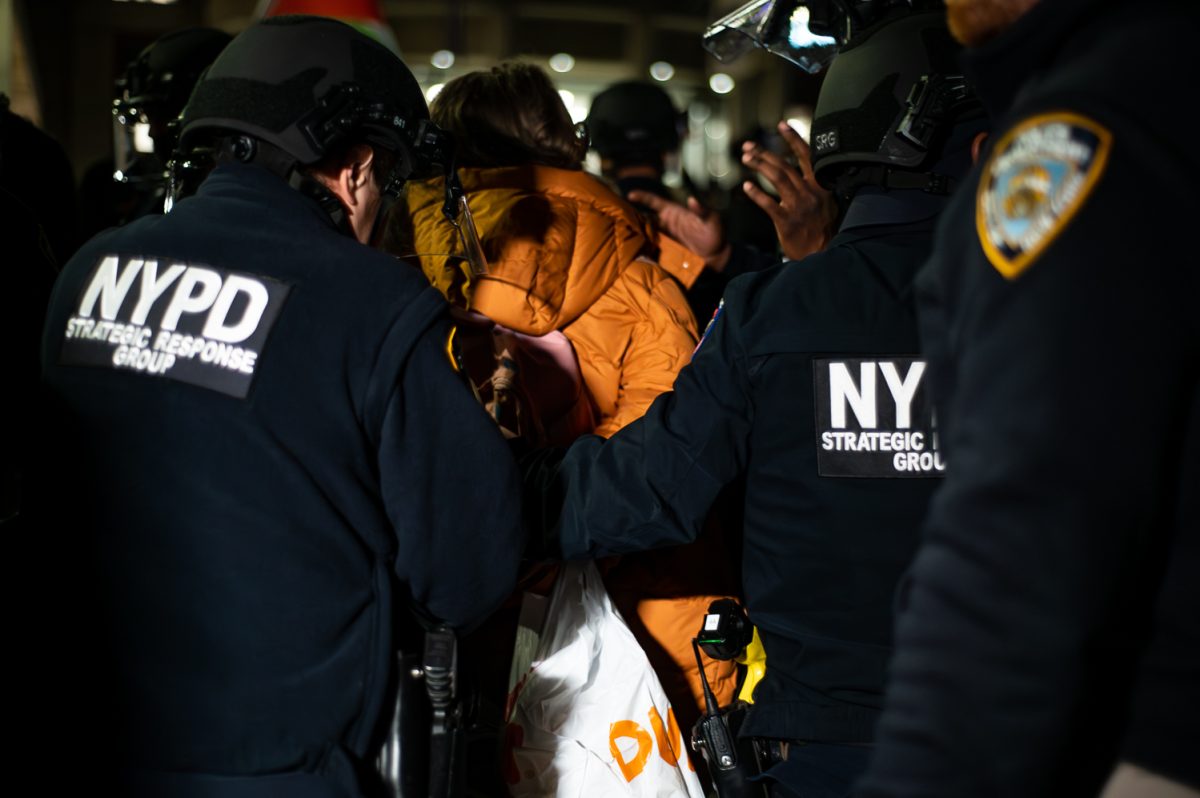








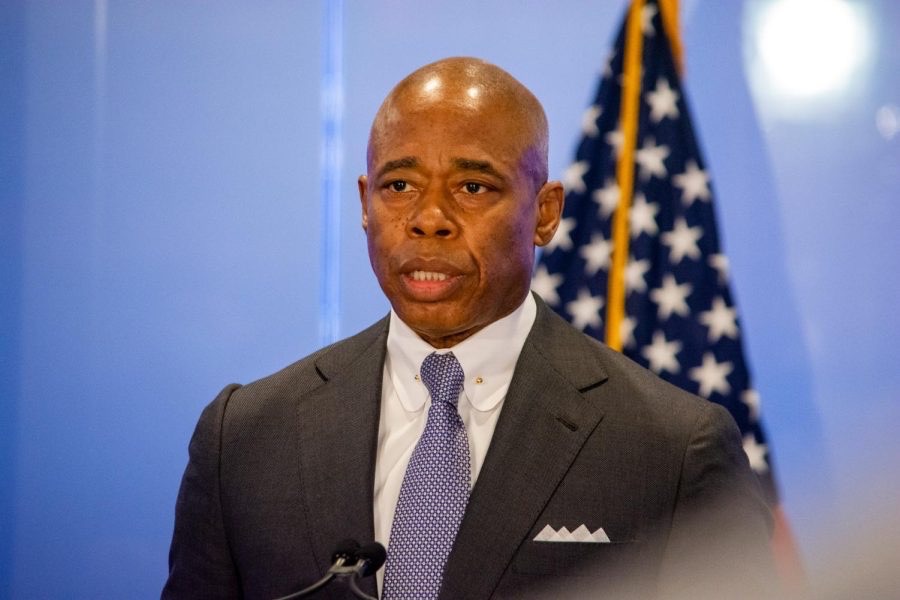


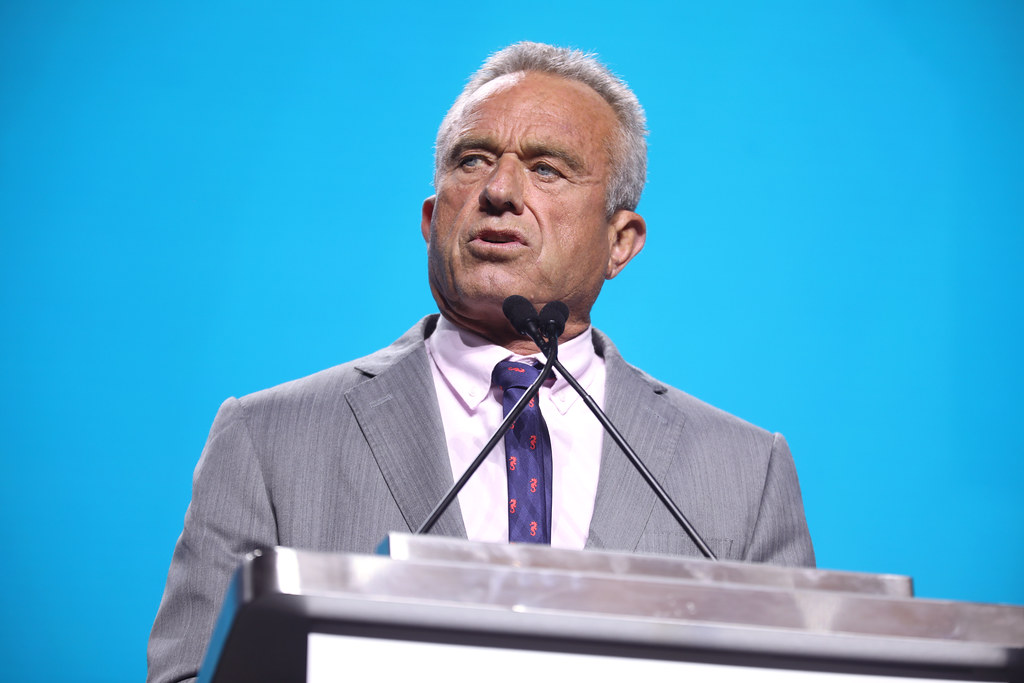

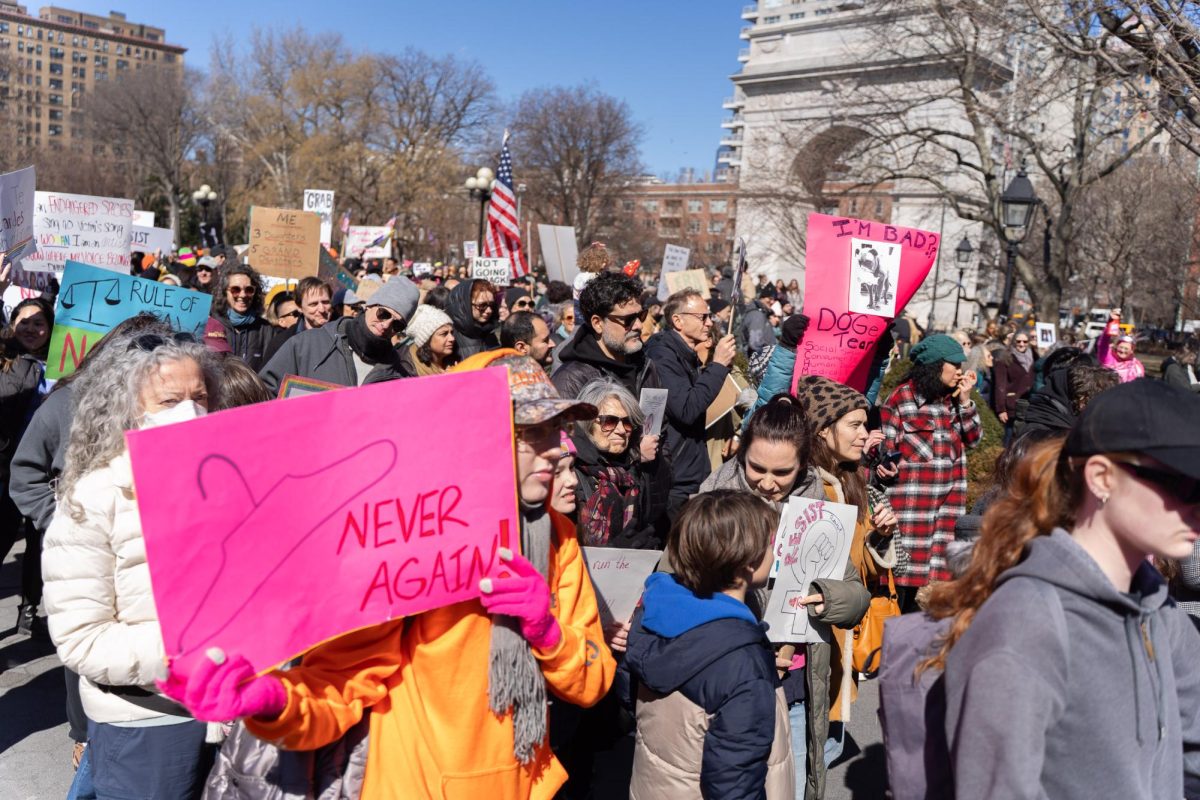
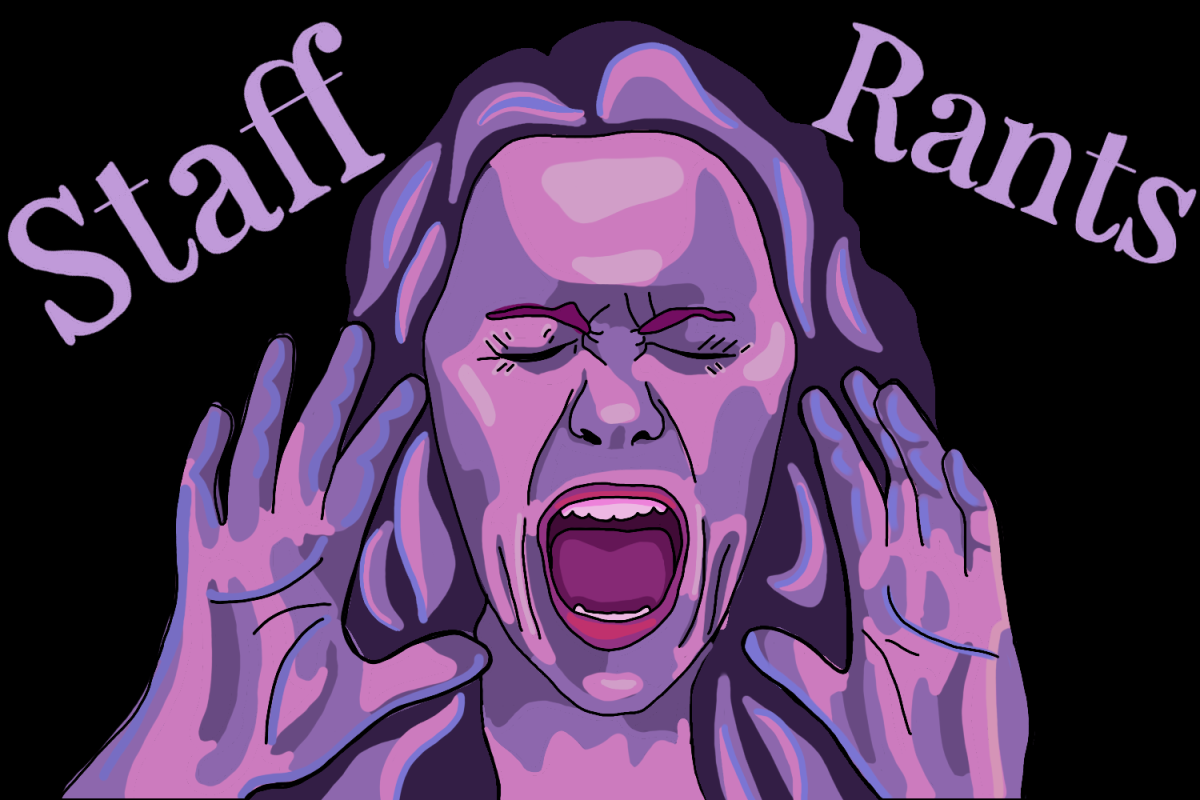
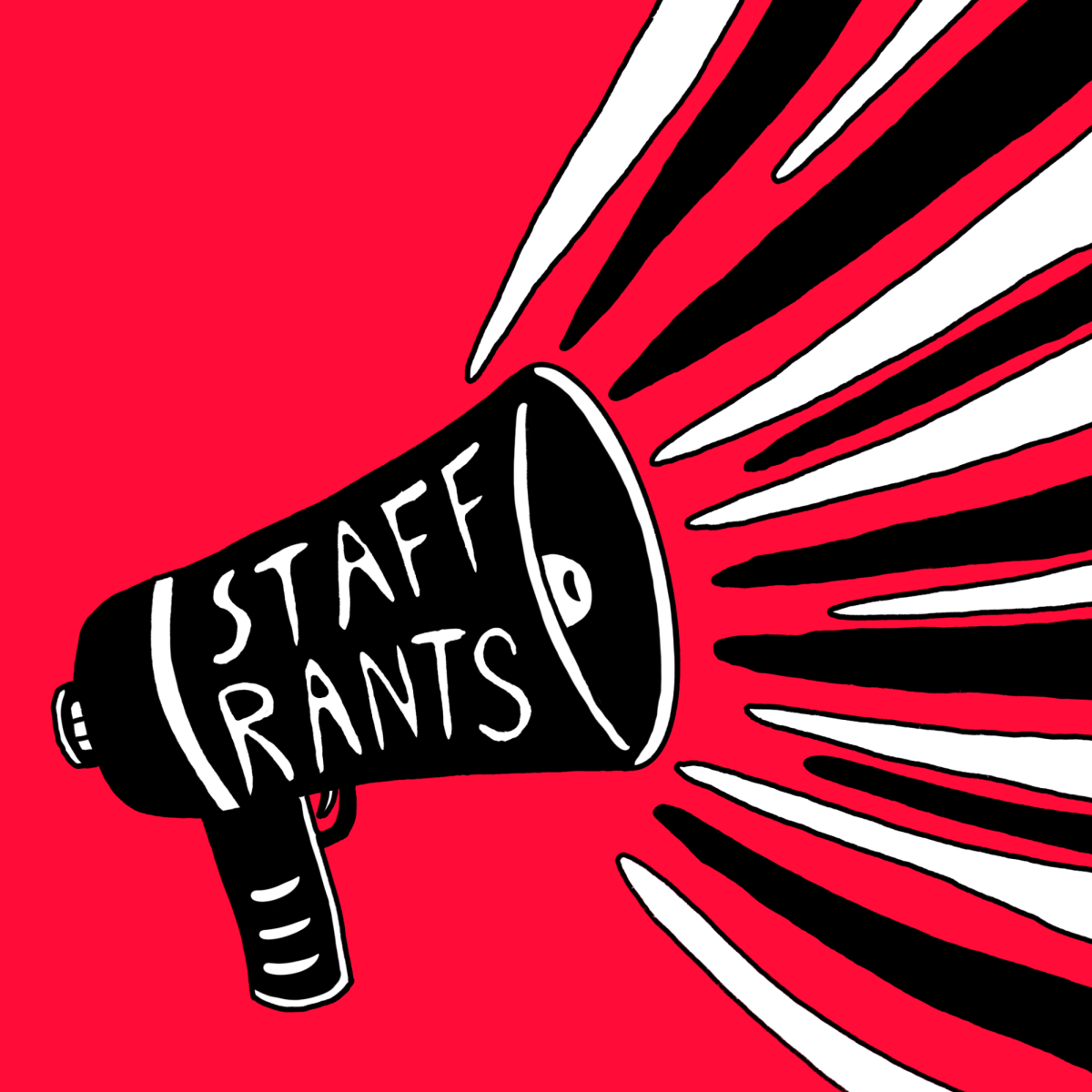

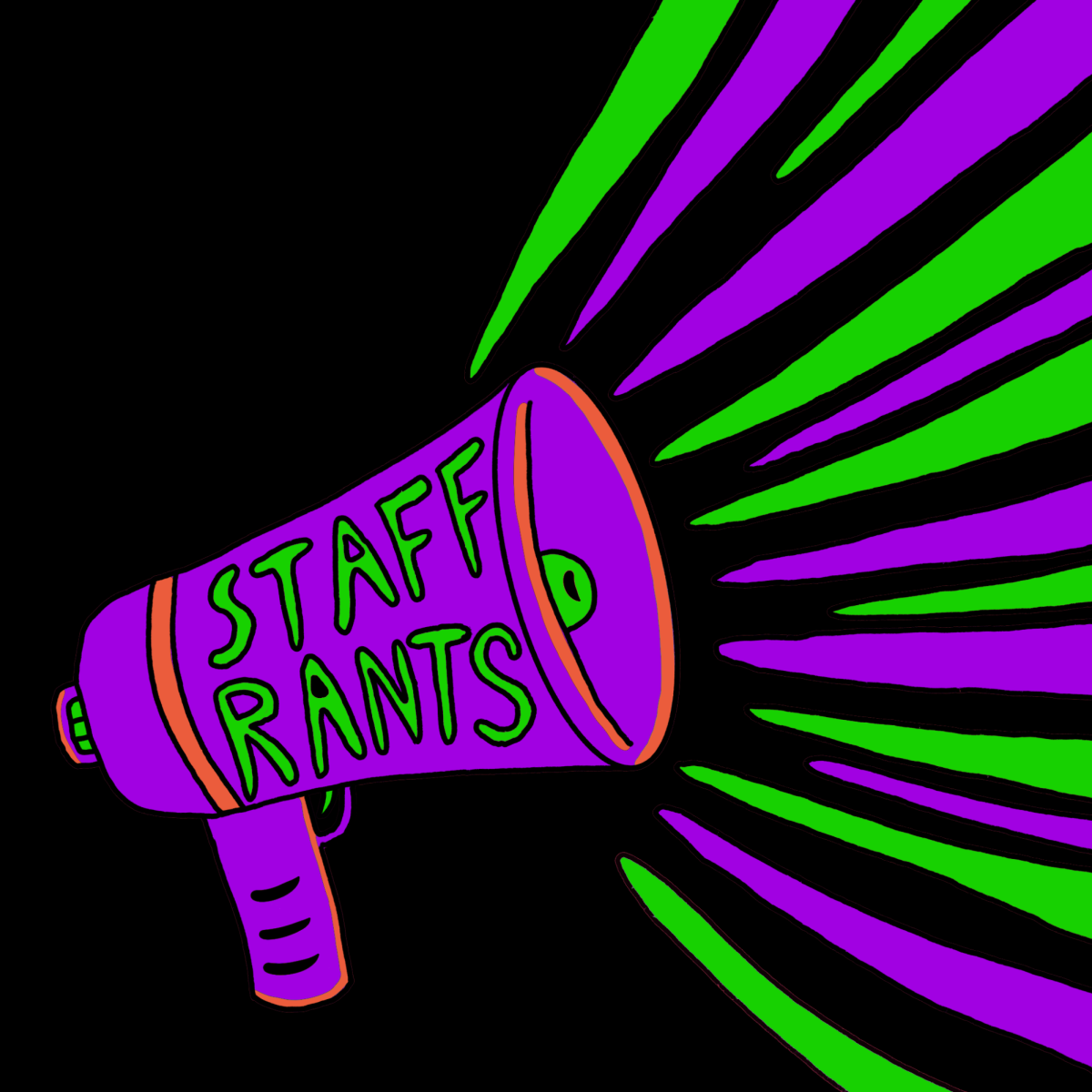









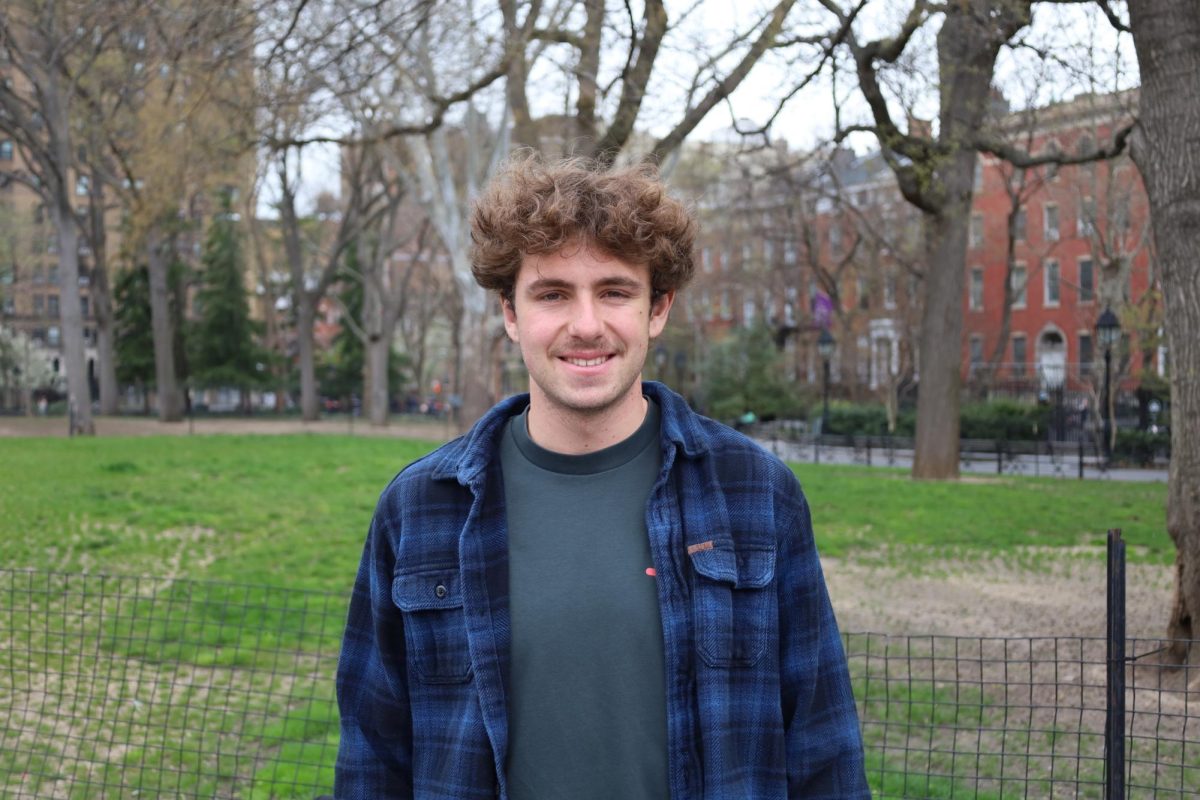

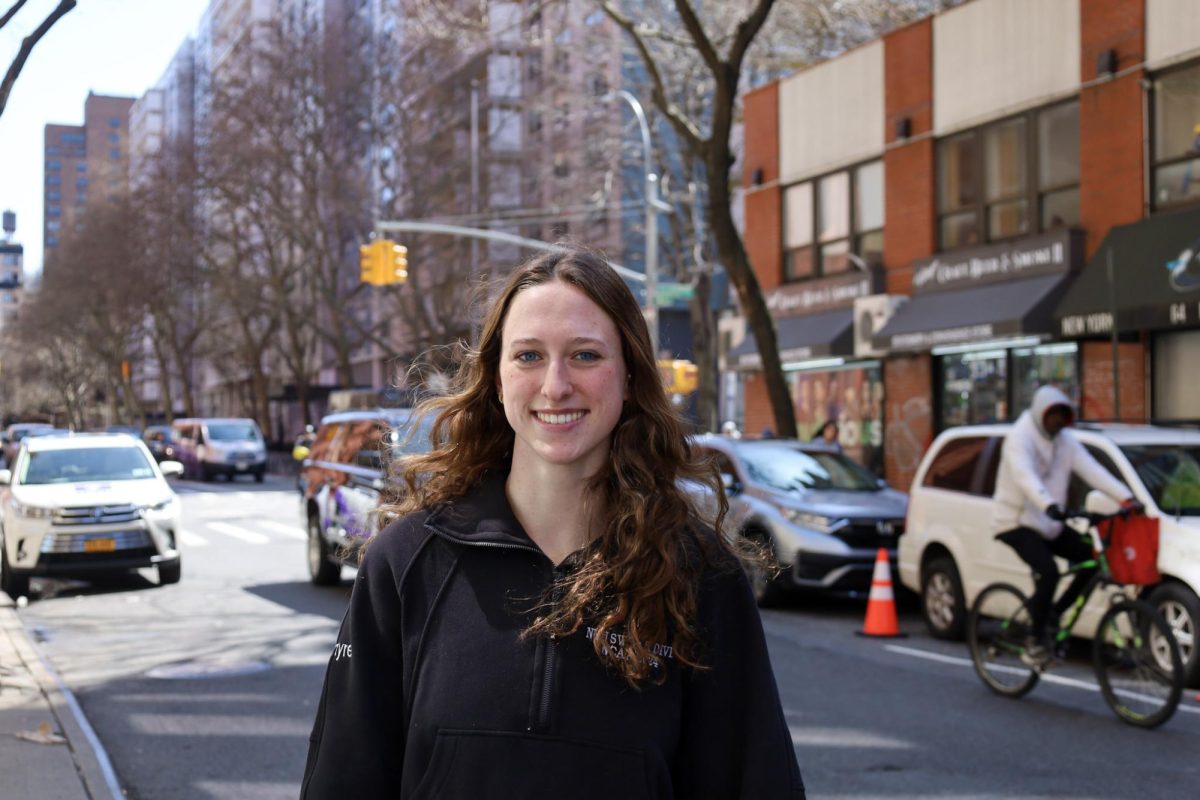
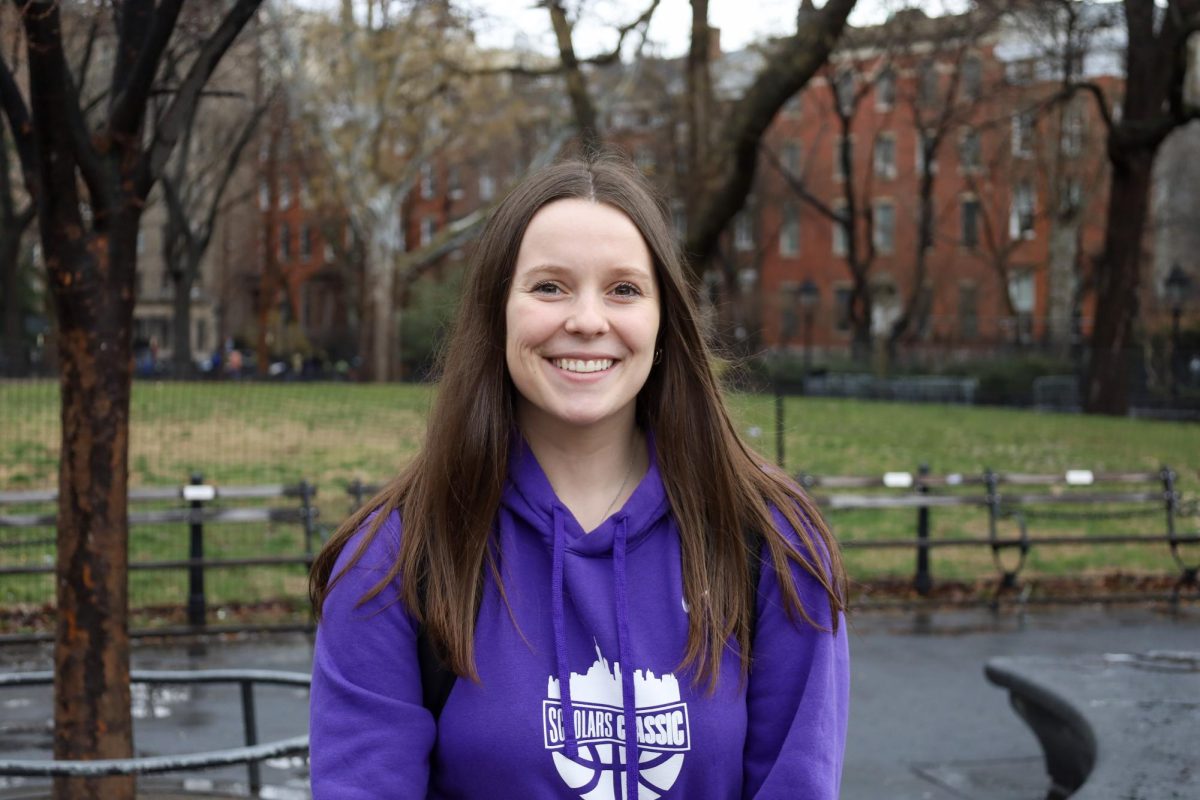
















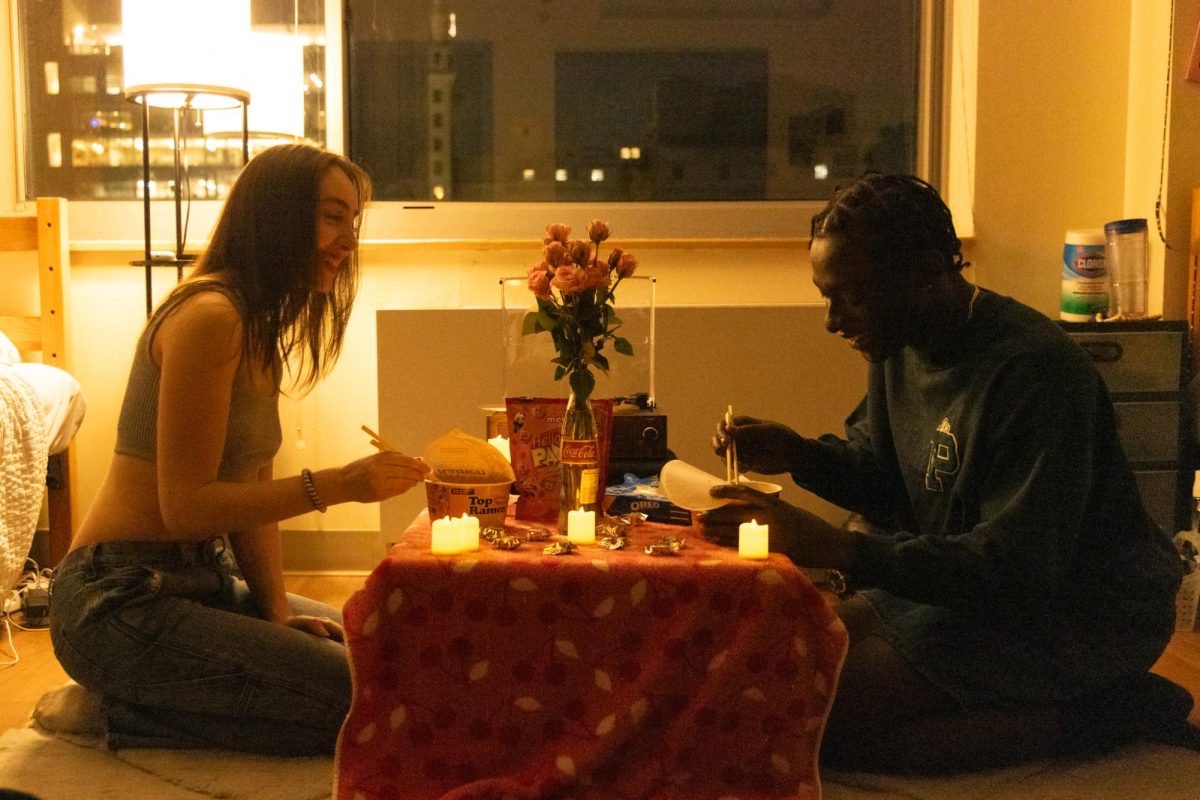

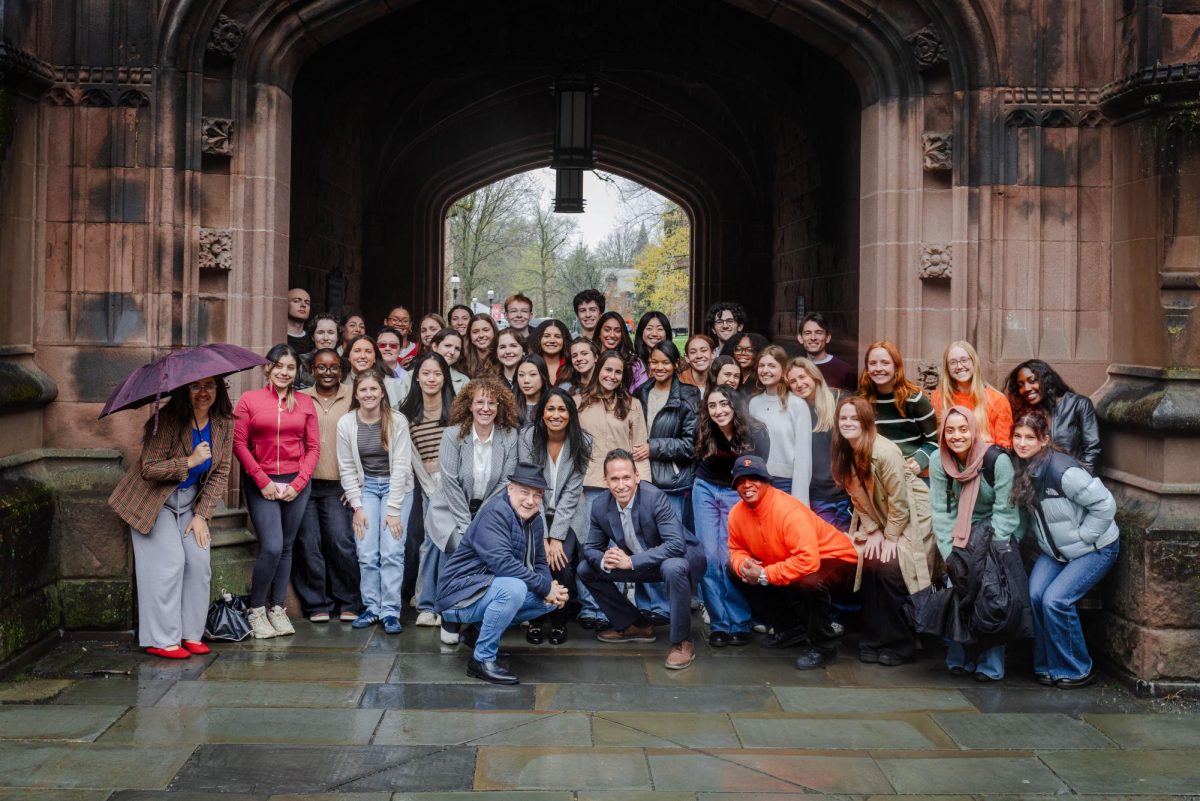



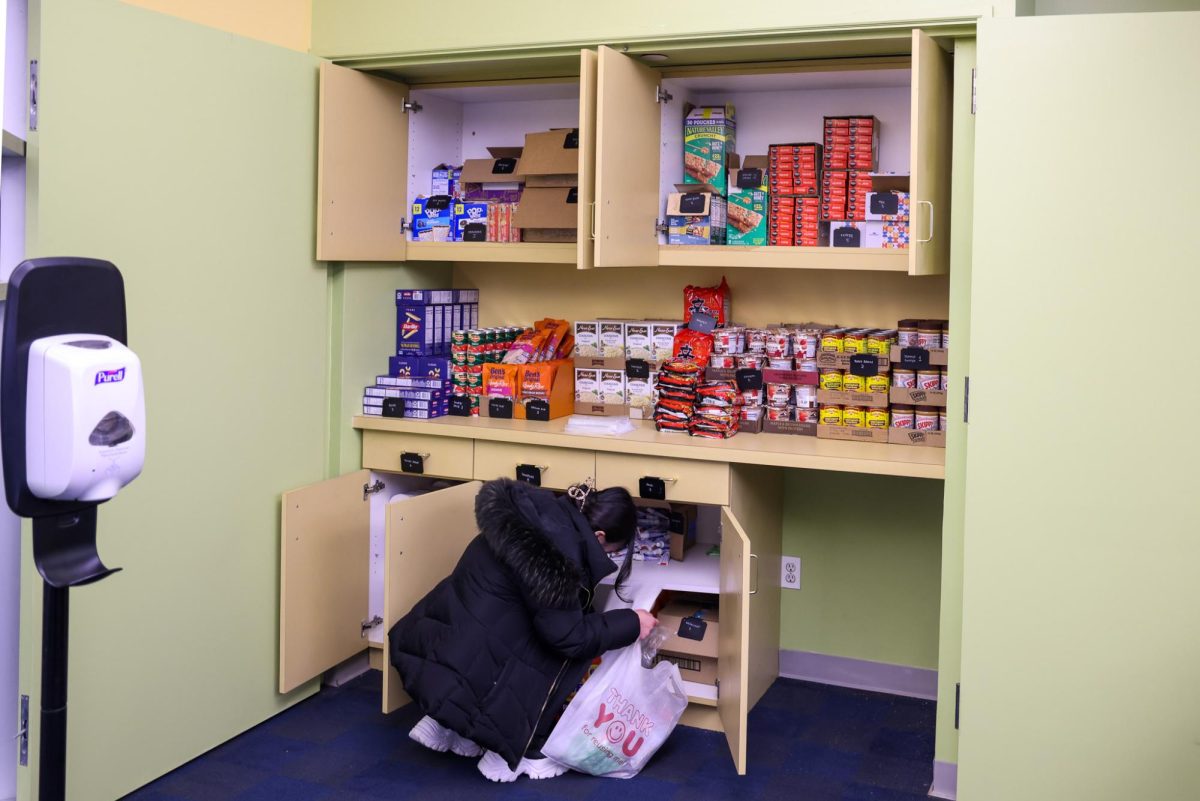











































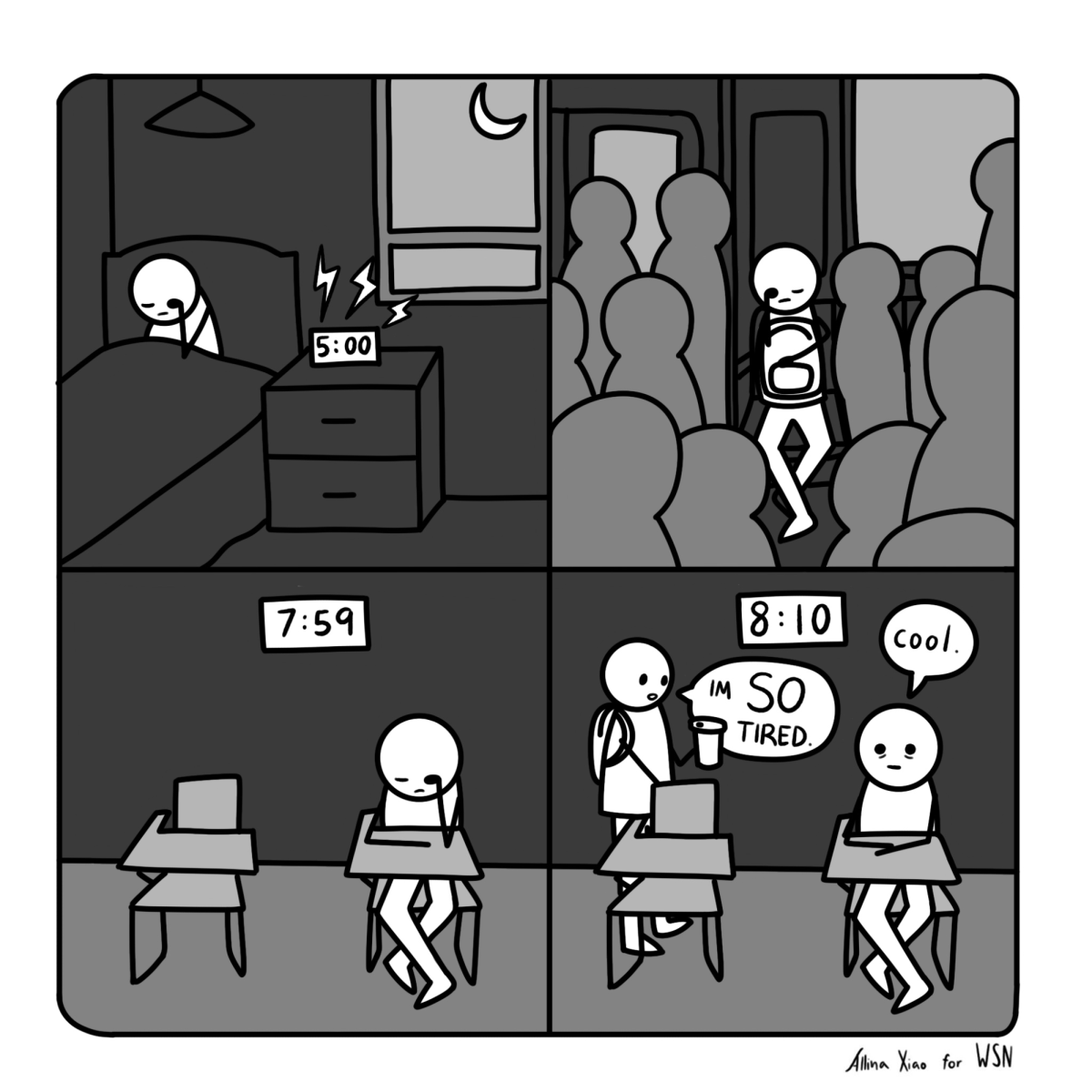
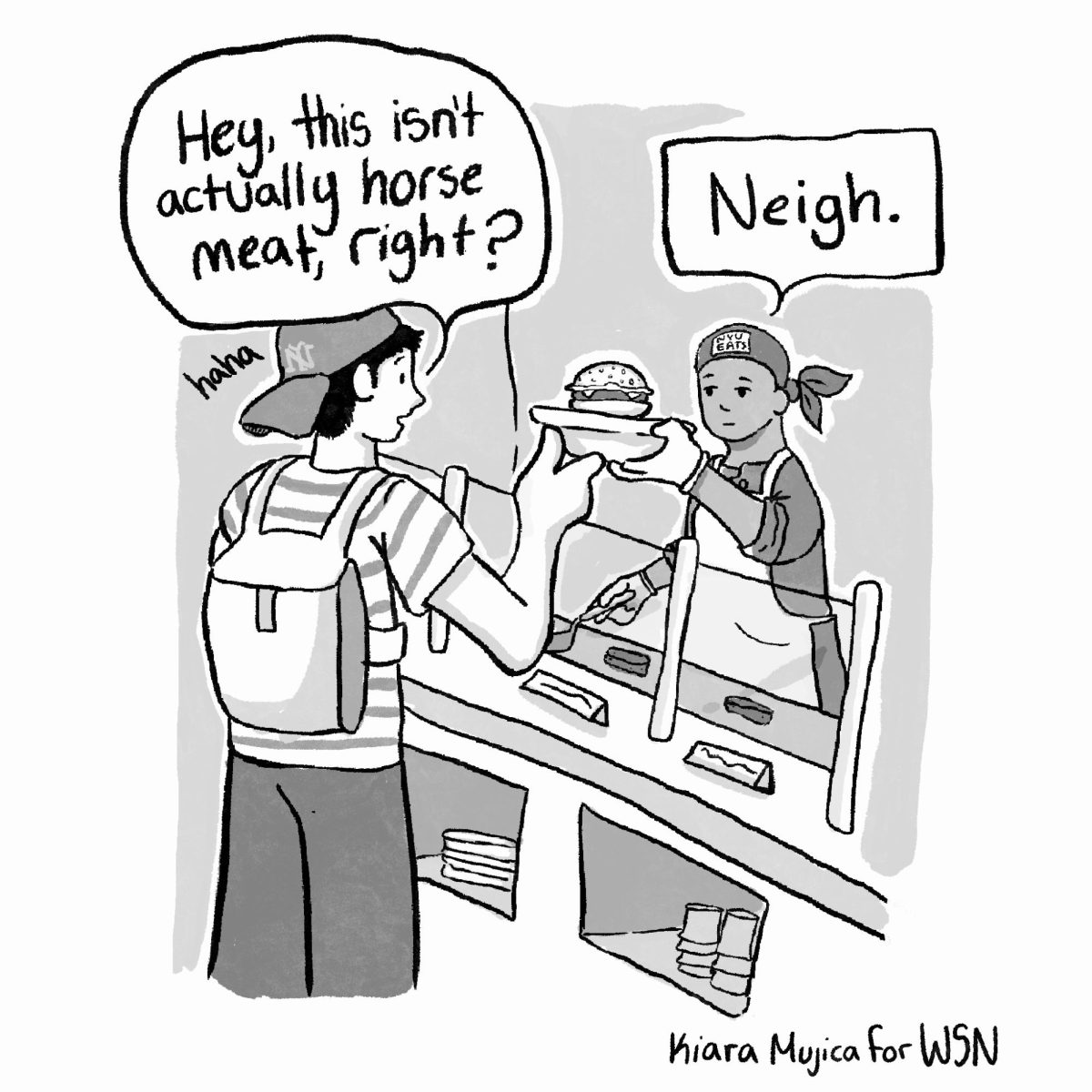
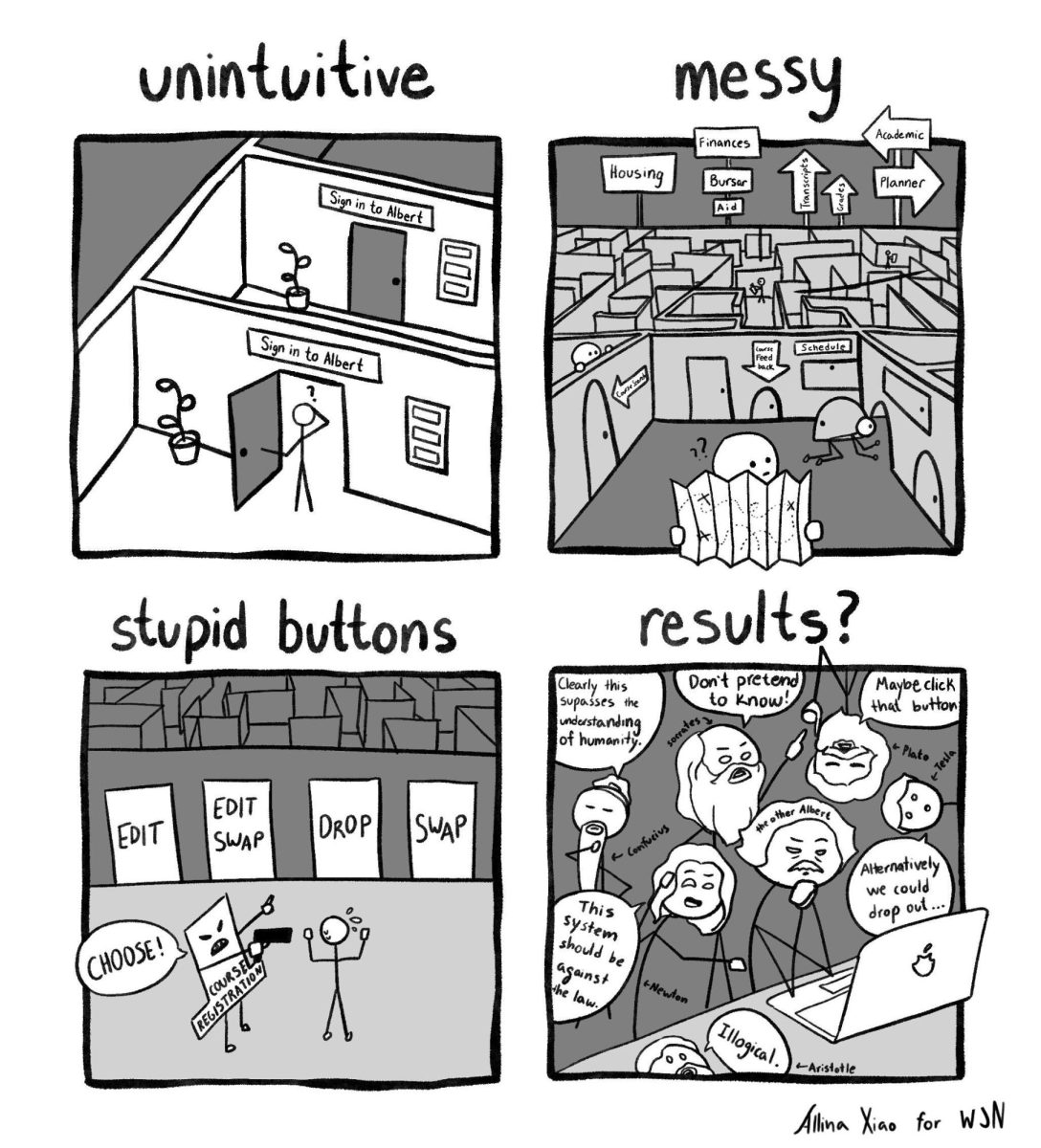

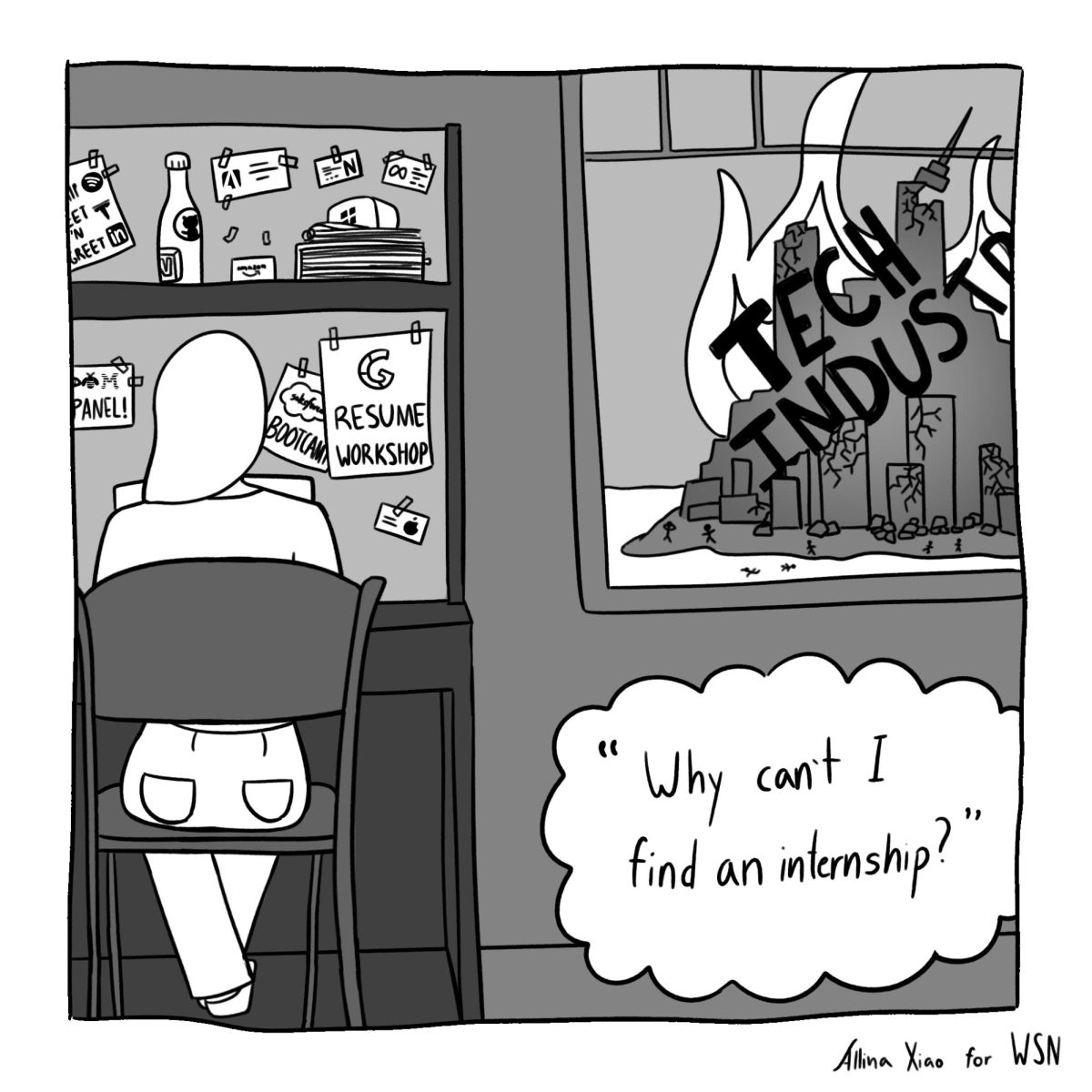












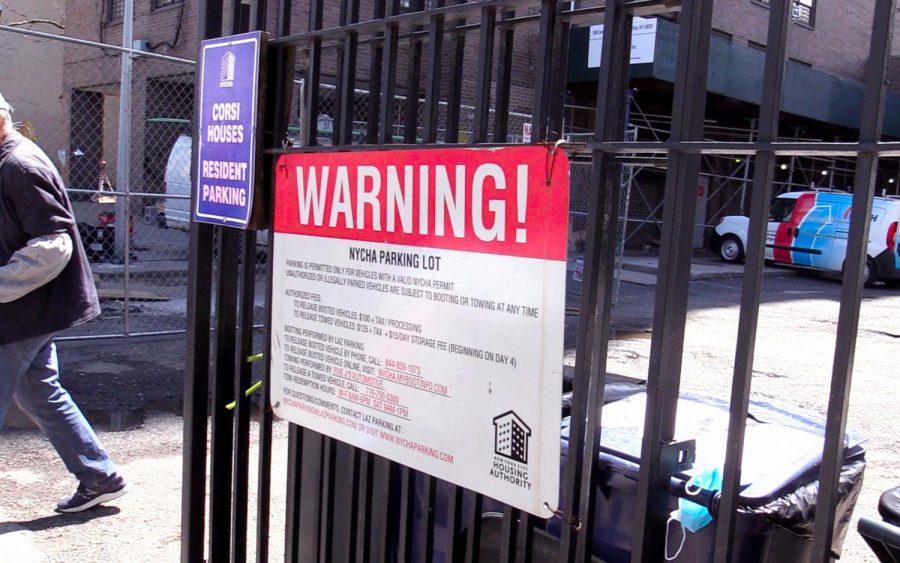
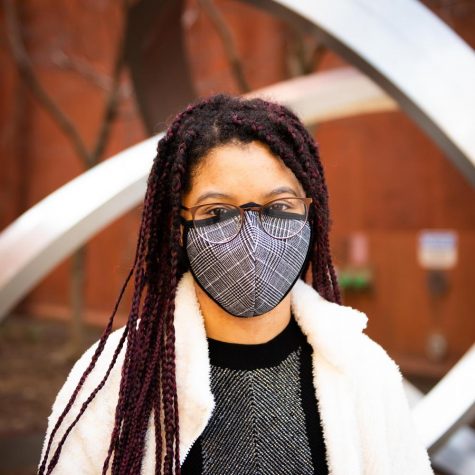
Robert Goethals • Apr 24, 2021 at 2:36 pm
Since the reemergence of homelessness in New York City in the 1980s, the efforts of activists, social scientists, and policymakers have focused on a strategy to end it. One of the most well-known of these early researchers, Dennis Culhane, helped forge a crucial redefinition of the homelessness problem. Culhane observed that approximately 10 percent of single homeless people in New York City constituted nearly 50 percent of the overall number of days spent in the shelter system. Culhane identified these most disabled individuals as “the chronically” homeless. By concentrating on their disproportionate needs, and providing onsite services to meet them, permanent “supportive housing,” Culhane theorized, would dramatically reduce the demands exerted on the entire municipal shelter system.
In 1990, Mayor David Dinkins orchestrated a policy breakthrough by establishing a partnership between New York City and New York State. This “NY/NY I” agreement created 3,615 permanent high-quality “supportive housing” units, featuring on-site support services to address the needs of chronically homeless adults suffering from mental illness. The proof of the effectiveness of NY/NY I arrived 12 years later, in a study conducted by Culhane et al. (2002), demonstrating how this novel supportive housing program saved an astounding $16, 282 per unit by bypassing the costs of jails, shelters, and hospitals (Henwood & Padgett, 2019).
In his book, Homelessness in New York City: Policymaking from Koch to De Blasio, Thomas J. Main (a conservative!) writes: “Historically in New York there’s only one policy tool that has really made a dent in the number of single adults in shelters and that has been additions to the supply of permanent supportive housing…I don’t think there’s another way you really get at that population in a significant way.” While supportive housing has proven to be the single, most impactful and cost-efficient means to safely remove the most vulnerable of homeless New Yorkers from the streets and shelters, the de Blasio has created fewer than 1,300 units. When homelessness has risen to the level of being a human rights issue it’s incomprehensible why supportive housing remains ignored even within the context of American neoliberalism.